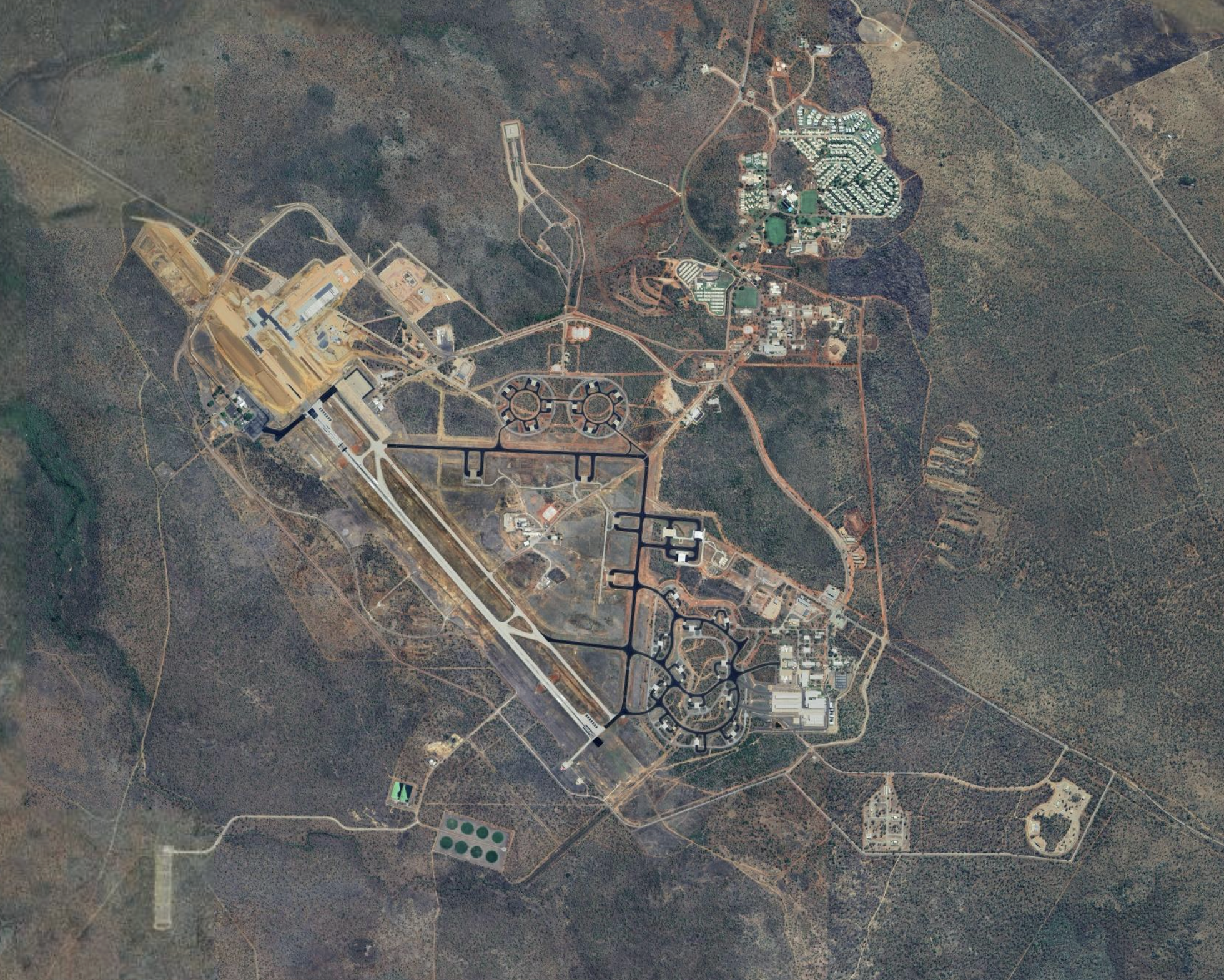
Skilled and unskilled labour is already scarce in the Northern Territory construction-project sector, and it will soon get scarcer. With the Australian and US defence departments well into upgrading bases in the territory, two big gas projects are also about to go ahead.
Immediate action is needed to alleviate the Northern Territory construction-labour shortage. The rest of Australia is hardly in a position to supply the people, so we must accelerate arrivals of foreign workers and train more apprentices in the territory.
The largest Defence projects are upgrades of Royal Australian Air Force base Tindal, near Katherine, and RAAF Darwin, both partly to meet US requirements and partly paid for by the United States. Australia’s Defence Strategic Review of 2023 called for an urgent program to improve the readiness and robustness of bases across northern Australia and on the Cocos (Keeling) Islands, so more defence projects are coming to the territory soon, putting yet more pressure on its constructor sector.
Meanwhile, Santos is going ahead with development of the Barossa gas fields off the Northern Territory coast, with construction due to begin as soon as possible, while work on the Beetaloo Basin coal-seam gas project of Empire Energy, 500km south of Darwin, is expected to begin this year. Both are very large gas deposits and will feed demand in Australia and Northeast Asia.
The territory has often been through booms and busts, but coming under pressure to simultaneously support two huge natural-resources projects and also several large-scale defence developments is unprecedented. Tradespeople and unskilled staff, especially, will become extremely hard to find.
The existing shortage of skilled and unskilled labour in the territory has already caused significant delays to the work at Tindal.
Many of the skilled workers at the gas projects will probably come from elsewhere in Australia, employed under fly-in, fly-out arrangements. But that’s hardly a complete solution, because most of the rest of the country is also suffering a shortage of building workers amid extensive infrastructure construction projects, notably for wind and solar electricity generation and railways.
For the Northern Territory, coordinated action is needed. To work through solutions to the problem, the territory government and Defence must bring together the resources and heavy construction firms, the federal departments responsible for home affairs and energy, and relevant territory agencies.
The fastest possible measure is to accelerate unskilled migration from Papua New Guinea, Pacific island countries and Indonesia. All of those nations have significant pools of unskilled labour and are looking for employment for their people. Providing job opportunities in the Northern Territory would have the side benefit of strengthening economic and personal links between those countries and Australia at a time when China is competing for regional influence.
Labour mobility schemes are hardly new: sugar cane and fruit growers in Queensland have successfully employed Pacific Islanders for many years. The federal government could adapt such existing programs as the Pacific Australia Labour Mobility Scheme to help supply the Northern Territory with workers.
Meanwhile, training of apprentices in the Northern Territory must be expanded. Since completion of a construction-sector apprenticeship typically takes at least two years, action is needed now to expand and strengthen the territory’s apprenticeship recruitment and training programs.
Australia can also consider increased use of foreign construction companies in the Northern Territory. They would act as subcontractors to Australian firms.
Delaying some of the defence and resources projects is not an option. The Defence Strategic Review is emphatic on the need to move quickly in reinforcing bases to meet Australian’s defence needs, and the facilities play key roles in the United States’ efforts to strengthen its military position in the Indo-Pacific. Meanwhile, development of the gas fields has enormous economic importance to the Northern Territory and indeed the whole country.
So it all comes down to getting more skilled and unskilled labour into the Northern Territory quickly, before all of the projects are adversely affected. It’s a national priority, and there’s no time to lose.

